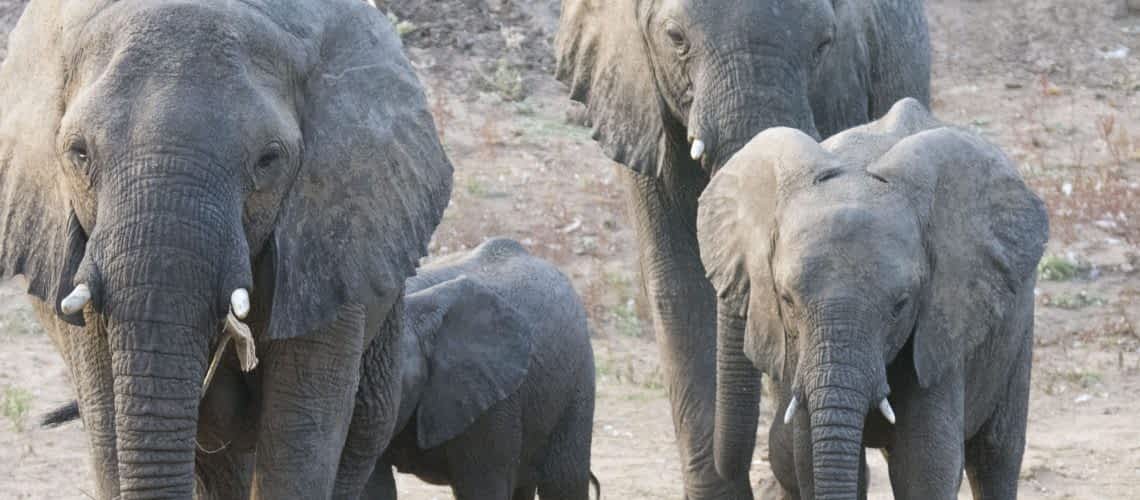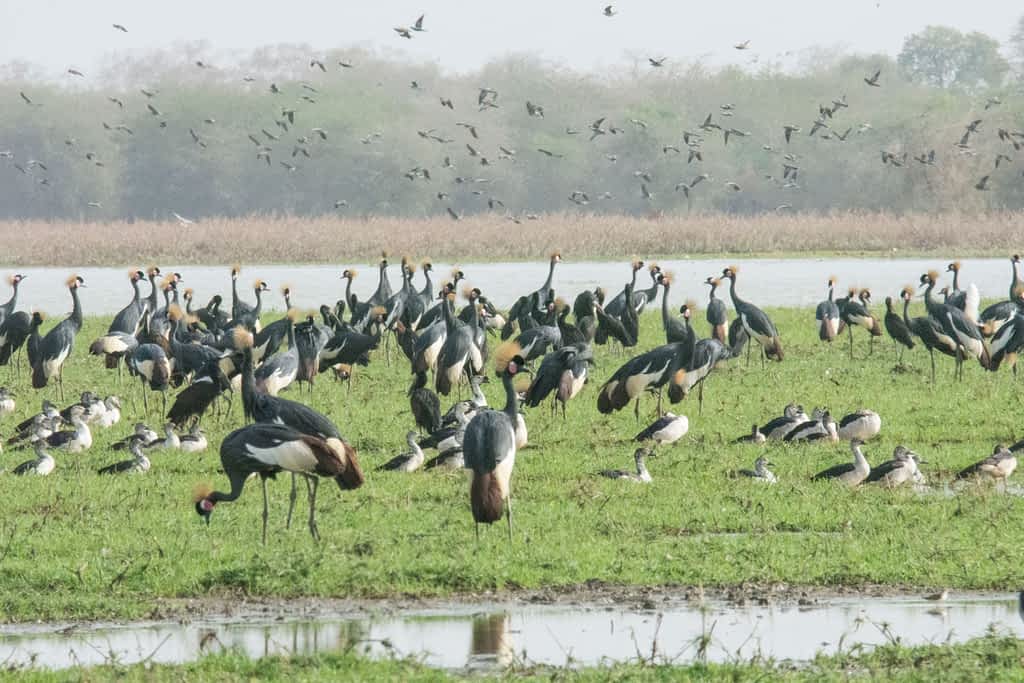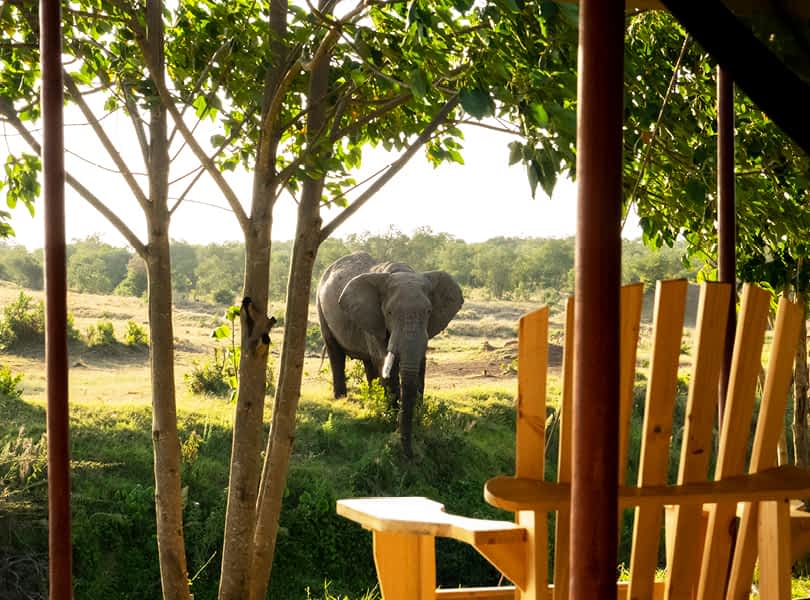ZAKOUMA NATIONAL PARK IS ONE OF AFRICA’S MOST REMARKABLE STORIES OF TRANSFORMATION. IT WAS FIRST DECLARED A NATIONAL PARK IN 1963 BY PRESIDENTIAL DECREE, GIVING IT THE HIGHEST FORM OF PROTECTION AVAILABLE UNDER THE LAWS OF CHAD.
Zakouma National Park is one of Africa’s most remarkable stories of transformation. It was first declared a national park in 1963 by Presidential Decree, giving it the highest form of protection available under the laws of Chad.
Ongoing civil wars and regional instability in Chad allowed heavily armed poachers to penetrate the park and wreak havoc on the elephant populations. slaughtering whole families for their tusks destined for the multi-billion-dollar illegal wildlife trade. Zakouma’s elephant population declined dramatically; from 22,000 in the 70s to 4,500 in 2002, and then between 2002 and 2010, almost 4,000 were killed.
In 2010 The Chadian government approached African Parks, which is a non-profit conservation organisation, signing a long-term agreement with them to manage and protect the park and its wildlife.
The Greater Zakouma Ecosystem covers an expansive 30,693 km2, of which 7,692 km2 includes Zakouma National Park (3,049 km2) and Siniaka Mania Faunal Reserve (4,643 km2). Both of these protected areas fall under the management of African Parks in partnership with the Government of Chad. The park lies south of the Sahara and above the fertile regions of the rainforest.
Chad remains one of the least-visited nations in the world, and Zakouma is about as remote as it gets, it’s accessible by an expensive charter plane or a 14-hour road trip which can be quite bumpy in certain areas.
Once at Zakouma visitors have the entire park virtually to themselves, and the wildlife is spectacular, such as herds of elephants in their hundreds, and flocks of birds such as quelea in their thousands.
Zakaria Hassane has been working at Zakouma Park since 1982 and became a ranger in 1984. He talks about his experiences in the park,
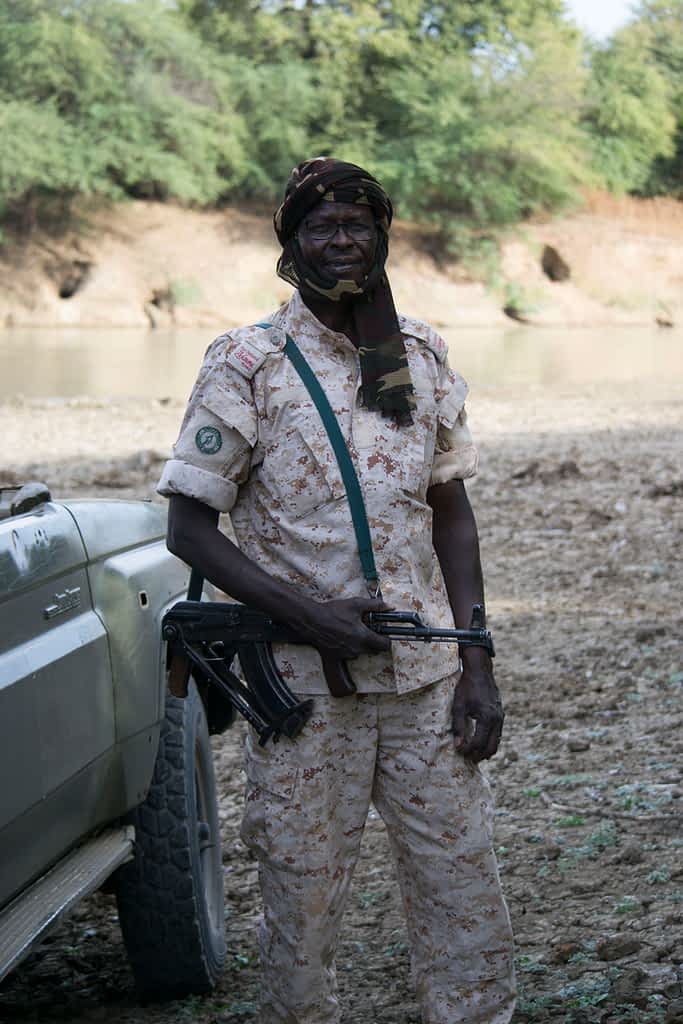
Zakaria says, “Before, we’d work without being able to monitor the species. We’d do ordinary patrols in the parks. During the dry season and the rainy season, we’d do patrols in all the park, but we couldn’t keep track of the species.” During the rainy season the park it’s drenched and pretty intolerable.
Zakaria says, “During the early 2000s, The elephant population was 4500 elephants. But then, the elephants were poached, by Sudanese poachers and by nomadic Chadian ranchers. They became organised, coming in groups to hunt the elephants. Afterwards, the elephants began to scatter everywhere. Some migrated to Cameroon, and the rest were slaughtered.”
When African Parks took over in 2010, about 450 elephants remained. “We started fitting the elephant with tracking collars and using aerial surveillance aircraft, it helped with our patrols and allowed us to do satellite monitoring. We combine this with ground patrols to pinpoint their location and secure them at the same time.” Says Zakaria.
Because of the heavy poaching, most elephants were too stressed to reproduce. Now for the first time in years, elephants are reproducing again, and calves are being born, signalling the end of the trauma, and the elephant population is on the rise for the first time in a decade, surpassing 559 individuals. In 2018, Zakouma’s teams confirmed 127 calves under five years of age; in 2011 they counted only one.
Other species in the park are also increasing in number, including the Kordofan giraffe (of which 60% of their global population is found in Zakouma), roan antelope and Lelwel’s hartebeest. The park’s buffalo population, reduced to about 220 animals in 1986, numbers over 12,000 today.
Leon Lamprecht, the current park manager, says his predecessor had put strategies in place to halt the slaughter of elephants. “Another big change was the stability in the country. Pre-African Parks’ involvement there was a rebellion in the country. By the time we got involved in Zakouma, the country had stabilised and the Government forces were available to support law enforcement and stop large poacher groups before they got to Zakouma.”
Rangers in the park are known as the “Mamba team”, named after Africa’s fast-striking snake, are the rapid reaction teams and part of the park’s anti-poaching efforts. The park’s anti-poaching teams provide security in and around the park and are part of the law enforcement strategy that reduced the elephant poaching from 4,000 elephants killed by poachers in the eight years before African Parks’ involvement to only 24 elephants killed by poachers during the first eight years of African Parks’ management.
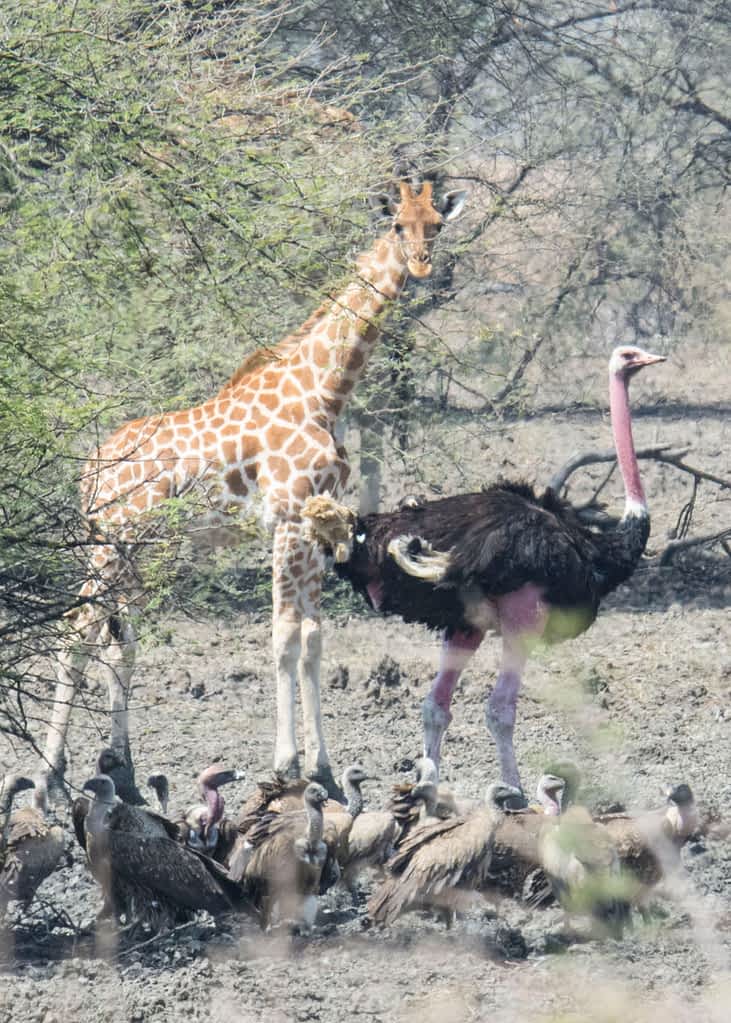
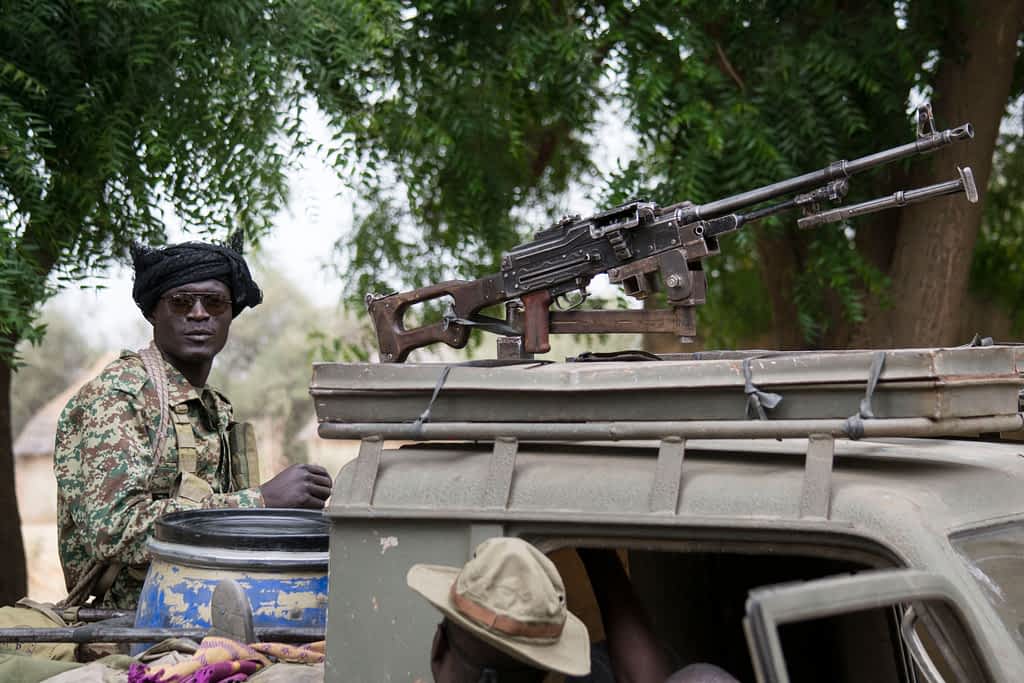
However, defending the park came at a cost in 2012.
“Rangers reacted to a poaching incident to the north of the park. The rangers found the poaching camp, but the poachers escaped with the clothes on their backs and their firearms in their hands before they could be arrested. Three weeks later a new group of rangers camped at the foot of Heban hill. The poachers waited for them to have their morning prayers and then gunned them down. One ranger and the cook were not praying with the rest, managed to escape.”
When asked if they were caught Leon says, “The poachers were of Sudanese origin, with several details regarding their identities established which were handed over to authorities. Thus far no arrests have been achieved.”
In 2018, six black rhinos were reintroduced to Zakouma, hailing the return of the species after almost half a century of its absence. They were introduced from South Africa under a custodianship agreement between the Governments of South Africa and Chad. They were released in the park at the beginning of the rainy season in May.
After the end of the rains, in October, four of these rhinos died of various secondary causes, but the primary cause of their deaths was loss of internal body condition, which compromised their immunity to secondary infections. Two healthy females remain; experts are utilising findings to continue to safeguard the remaining rhinos and to advise on future plans.
Community development is one of African Parks’ bedrocks and is critical to the success of Zakouma. Up to 5,000 people from around the park, mainly children, are brought to the park every year as part of the OutReach program. “They can first-hand see the effects of conservation and hopefully this will instil a love for nature in them that will ensure they conserve nature in future. Zakouma is a Chadian heritage and it is important for the communities around the park to own this.” 2018 alone saw the construction of five schools and more than 1,500 children receiving an education from all of the African Parks’ supported schools, which amount to 17.
African Parks’ goal is to manage 20 parks by 2020. It currently manages 15 national parks and protected areas in nine countries covering over 10 million hectares in Benin, Central African Republic, Chad, the Democratic Republic of Congo, the Republic of Congo, Malawi, Mozambique, Rwanda and Zambia. For more information visit www.africanparks.org
To support African Parks’ efforts you can click to donate here, where 100% of donations help to protect wild landscapes and secure a future for Africa’s wildlife.
Country Overview
Since independence from France in 1960, Chad—a landlocked country in central Africa—has been plagued by instability from internal rivalries between ethnic groups, conflicts in neighboring countries, and the impact of climate change through desertification and the drying up of Lake Chad.

